In the field of hunting, there are many situations in which a reliable knife is required. There are various kinds of blades that can be used for hunting, such as mass-produced products made by manufacturers, forged products made by blacksmiths, and custom knives made by factories. I will introduce the demon mountain sword Mataginagasa.
A hunter stronger than a demon, Matagi
In modern times, 'Matagi' is a word that broadly refers to hunters who use guns in the mountainous areas from the Tohoku and Hokkaido regions to the northern Kanto and Koshinetsu regions.
However, originally it meant 'human' or 'adult man' in the mountain language used when entering the mountains, and referred to a hunter who inherited a unique hunting culture born from strict rules and mountain worship. Its history is said to date back to the Heian period.
There are various theories about the etymology of Matagi. A theory that the Ainu word ``matangi'', which means hunting, was corrupted and became ``matagi,'' a theory that the word ``matagi'' originated from the ability to straddle mountains, and a bear that boasts of the strength of a demon. There is also a theory that it became a matagi because it was even stronger than the demon.
At the hunting site where they risked their lives, they used their superior skills to kill beasts. In addition to hunting techniques, survival techniques for surviving in the mountains in winter and dismantling techniques for fully utilizing the animals that were killed as a bounty of the mountains were also advanced.
What is the most important thing for Matagi to equip?
Needless to say, equipment is especially important in the harsh environment of the mountains. Among the equipment, the Matagi especially emphasized the machete (large knife) called "Nagasa". It can be used as a hatchet to remove branches, as a bush knife to cut bushes, and can be used as a kitchen knife to cook wild vegetables, meat, and fish.
You can knock down a tree to build a bridge over a stream, chop firewood, or create a simple hut to chase prey while hanging a hut. Of course, even large animals such as bears and deer can be dismantled easily with a Nagasa. The Matagi used Nagasa as an indispensable living tool.
High-performance Nagasa and Fukuronagasa that are still widely used today
In Ani, Akita Prefecture, which is famous as the home of the Matagi, the all-purpose Nagasa called " Fukuronagasa" (aka: Matagi Nagasa) has been handed down to this day. Due to its high performance, it is widely used not only locally but also at hunting sites and outdoor activities in various places.

Characteristic of Fukuronagasa
Fukuronagasa is the product of generations of Seigo Nishine's originality and ingenuity based on tradition. It has the ability to crush a beast's neck with a single blow, and boasts a marked difference in quality from cheap mass-produced products.
hollow handle
The most distinctive feature of Fukuronagasa is that the blade and handle are integrally molded. Instead of welding the handle, it is a forging technique in which the base metal is reddened with the blade body and hammered with a special anvil and a single hammer.
As you can see in the photo below, there is a slight gap between the joints of the bag-shaped (hollow) handle, which absorbs the force of gripping and adds strength, and also has the effect of preventing the impact of the moment it bites into an object from being transmitted directly to the wrist. be.

A straight stick can be inserted into the hollow handle. It introduces how to use Fukuronagasa as a stop stick, so please refer to it ( reference article 1 reference article 2 ).
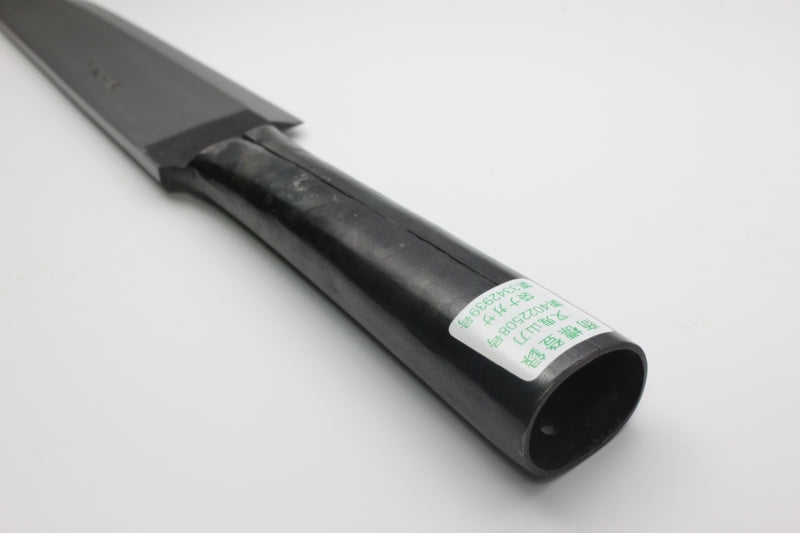 The guns used for Matagi hunting in the past were mainly single-shot Murata guns, so they could not shoot in rapid succession. Therefore, if it failed to shoot the prey that was heading towards it, it would fight with Nagasa.
The guns used for Matagi hunting in the past were mainly single-shot Murata guns, so they could not shoot in rapid succession. Therefore, if it failed to shoot the prey that was heading towards it, it would fight with Nagasa.
It is said that the late third generation Nishine Seigo (Mr. Minoru Nishine) used a fukuronagasa to finish off injured bears many times. By the way, when I asked a hunting master about the secret of the final stabbing, he said, "If you do it, it's for a moment. Don't stare at each other, and stab it quickly."
Uses carefully selected steel
The steel material used for Fukuronagasa is Yasugi Steel from Shimane Prefecture. Today, Yasugi steel is used for cutlery and molds that require the strength of materials used in cutting-edge technology, and is also famous as an authentic Japanese steel material for Japanese swords, and is used by swordsmiths all over the country. .

Fukuronagasa uses the rare stock of Yasugi Steel manufactured before the end of the war.
It is still manufactured by Hitachi Metals as Yasugi steel, but it is completely different from pre-war Yasugi steel. Fukuronagasa lavishly uses rare, carefully selected ingredients that are no longer available elsewhere.
strong blade
The toughness of the blade is especially important for knives used for stabbing. A fragile blade would be easily bent by the beast's thick fur. On the other hand, the blade of the Opossum is very tough.
In addition to being sufficiently thick, the rare Yasugi steel, which is not available anywhere else, is combined with medium-soft iron, and the impurities are removed by heating and striking many times, resulting in a strong blade.
As a result, we have achieved a strong blade that does not break or bend. In addition, quenching is done with a special oil quenching, which makes the blade even stronger.
About sharpness
The back of the blade of Fukuronagasa is made slightly along the back. This technique is also used in the manufacture of Japanese swords, called uraoshi, and can reduce the frictional resistance during cutting. At the beginning of use, you may feel that the blade retention is poor.
However, as you sharpen and use, use and sharpen repeatedly, the true blade will appear. The feel of sharpening will also change, resulting in a supple and surprisingly sharp blade. When it stabs, the blade enters as if it is sucked in, and even if it is in a bad posture, it can inflict a fatal injury with a single blow as long as it reaches the prey.
The fun of growing blades is one of the charms of Fukuronagasa.

Akita cedar scabbard
The scabbard of Fukuronagasa is made from a single slab of old virgin forest Akita cedar, which is water-resistant and rust-resistant. In addition, birch work from Kakunodate City, Akita Prefecture, which is said to be the best in Japan, is used for the decorative sash of the scabbard.
However, since logging of natural Akita cedar has been suspended to protect resources, the scabbard, which can be called a traditional craft, will eventually be replaced with other materials.

About purchase of Fukuronagasa
The ultimate Nagasa, "Fukuronagasa", has arrived at the end of hundreds of years of repeated improvements under harsh conditions. Practicality in hunting and pest control is also outstanding. It also has a sophisticated blade that is sure to last a lifetime as a companion. Purchase from the link below.★ Product listClick here for the product list. >>
* "Takaki Santo" and "Fukuronagasa" are registered trademarks of Nishine Uchi Hamono Seisakusho. Trademark registration: Shaki Yamato No. 4022508 Trademark registration: Fukuronagasa No. 3342939
Please be sure to read it
We have confirmed with the police station that permission from the Public Safety Commission is not required for the use of strawberries for hunting or extermination of harmful substances, but it is within the scope of the Firearms and Swords Possession Control Law (Firearms and Swords Law) and the Minor Offenses Law. included.
Please do not carry around a spear in the form of a spear except when you are performing the stabbing action. Also avoid leaving possums in your car, except when hunting or pest control.
In some cases, hunting licenses have been revoked due to violations of the firearms and swords law. Regardless of the blade length size, all carrying around without a reason can be subject to the above laws and regulations. If you have a good reason, you can "carry" it, but even in that case, it must be packed tightly when not in use.
*Examples of justifiable reasons
・Outbound and return trips for hunting, pest control, and patrol of traps
・Take the knife you bought home or take it to the manufacturer or store for repair.
・Cooks bring their own knives to the store for gibier cooking

 箱罠
箱罠
 くくり罠
くくり罠
 パーツ類
パーツ類
 電気柵
電気柵
 自作キット
自作キット
 防獣グッズ
防獣グッズ
 監視カメラ
監視カメラ
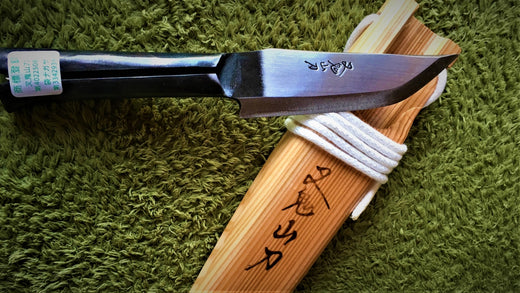

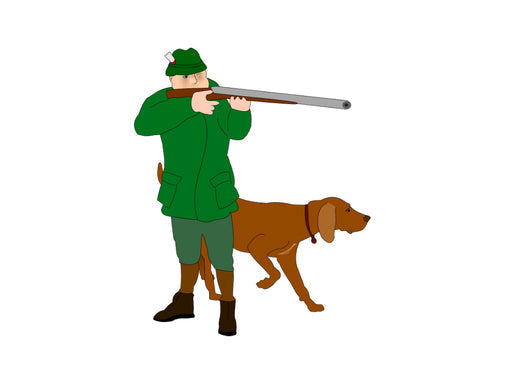
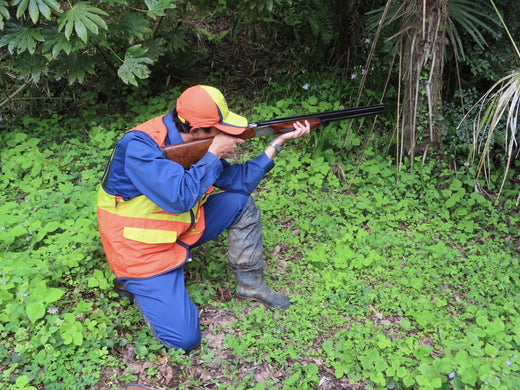


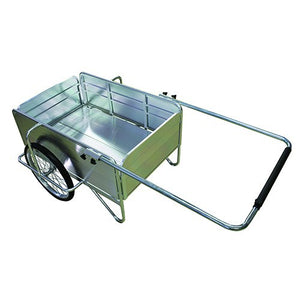
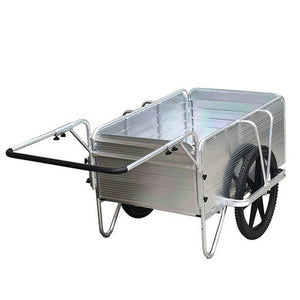
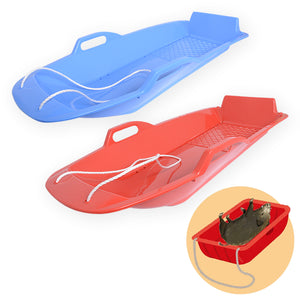
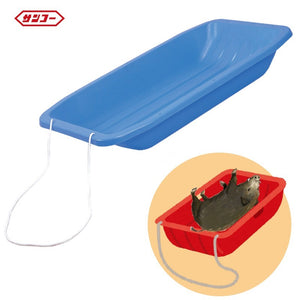
 box trap
box trap
 tying trap
tying trap
 enclosure trap
enclosure trap
 Prevention and avoidance goods
Prevention and avoidance goods
 electric fence
electric fence
 trap surveillance camera
trap surveillance camera
 transportation goods
transportation goods
 Trap detection sensor
Trap detection sensor
 hunting supplies
hunting supplies
 hunting books
hunting books
 Anti-bird goods
Anti-bird goods
 Agricultural materials/machinery
Agricultural materials/machinery
 boar
boar
 deer
deer
 Kyon
Kyon
 monkey
monkey
 raccoon
raccoon
 Badger
Badger
 palm civet
palm civet
 raccoon dog
raccoon dog
 nutria
nutria
 mouse or rat
mouse or rat
 Mole
Mole
 bear
bear
 pigeon
pigeon
 Crow
Crow







